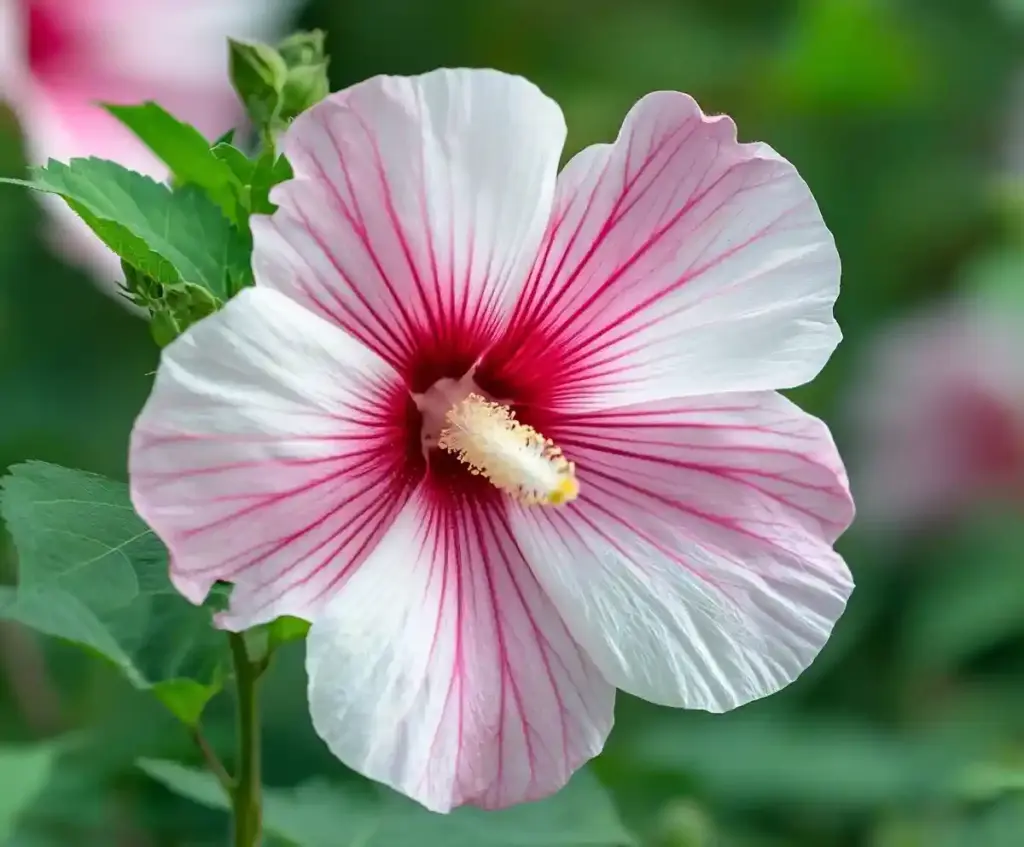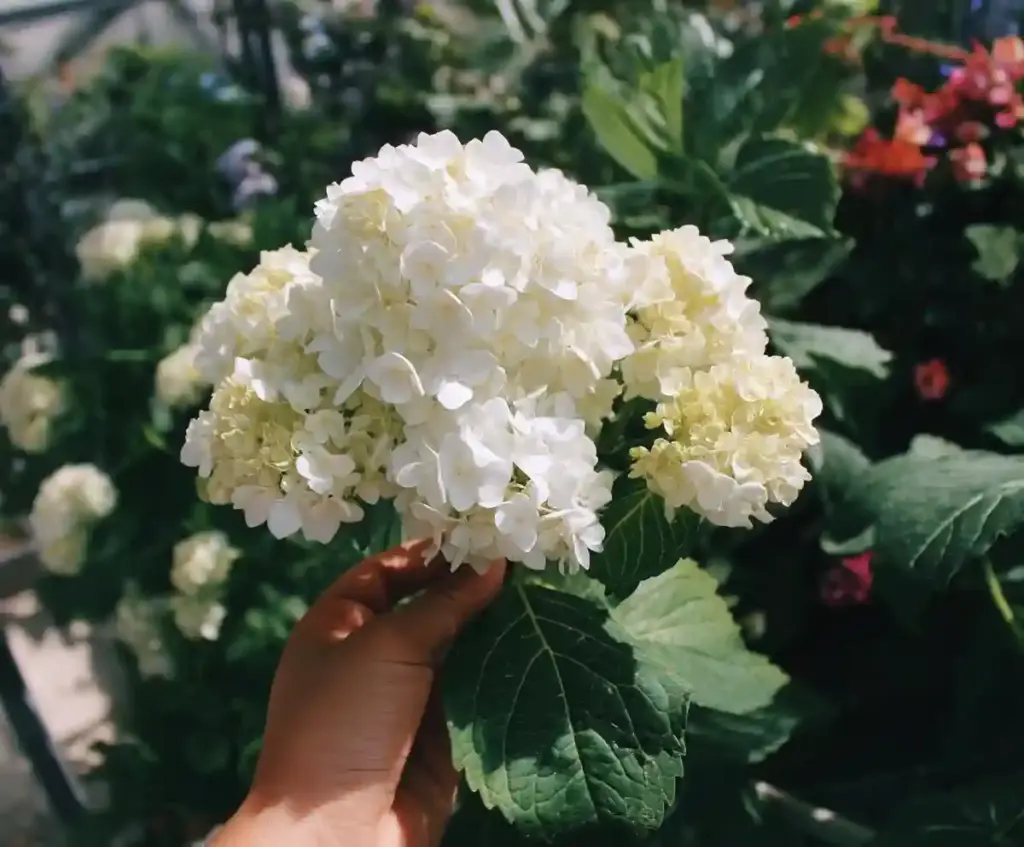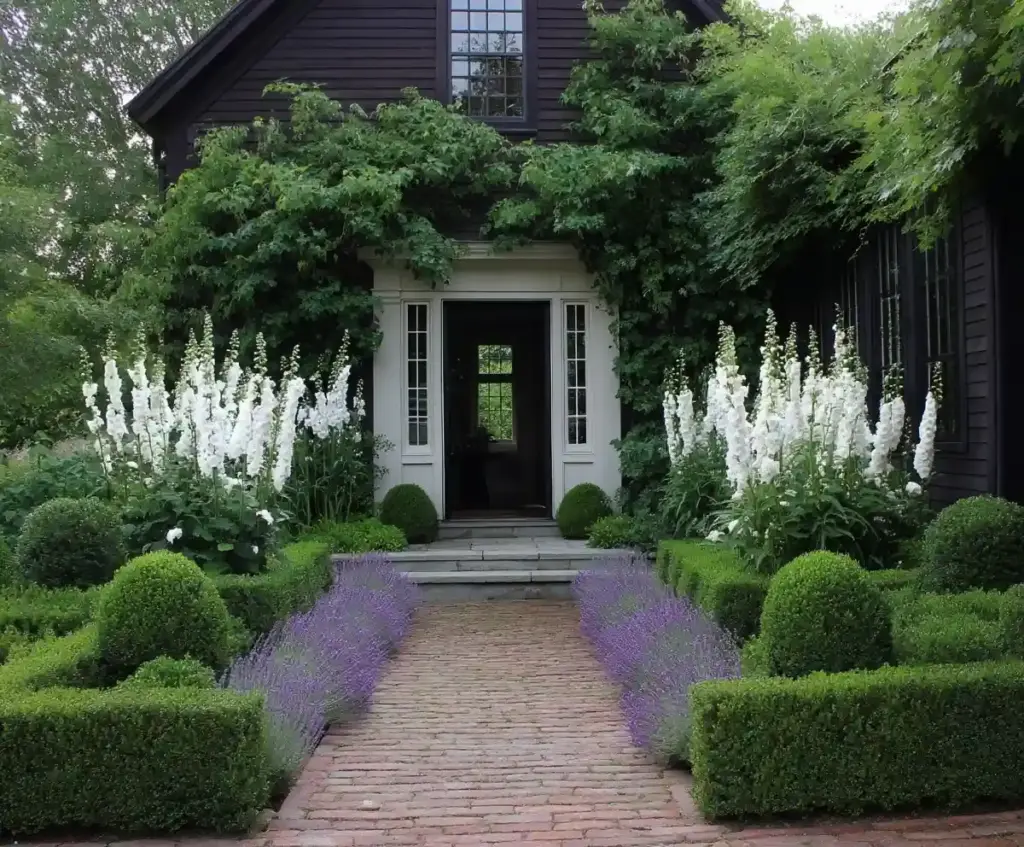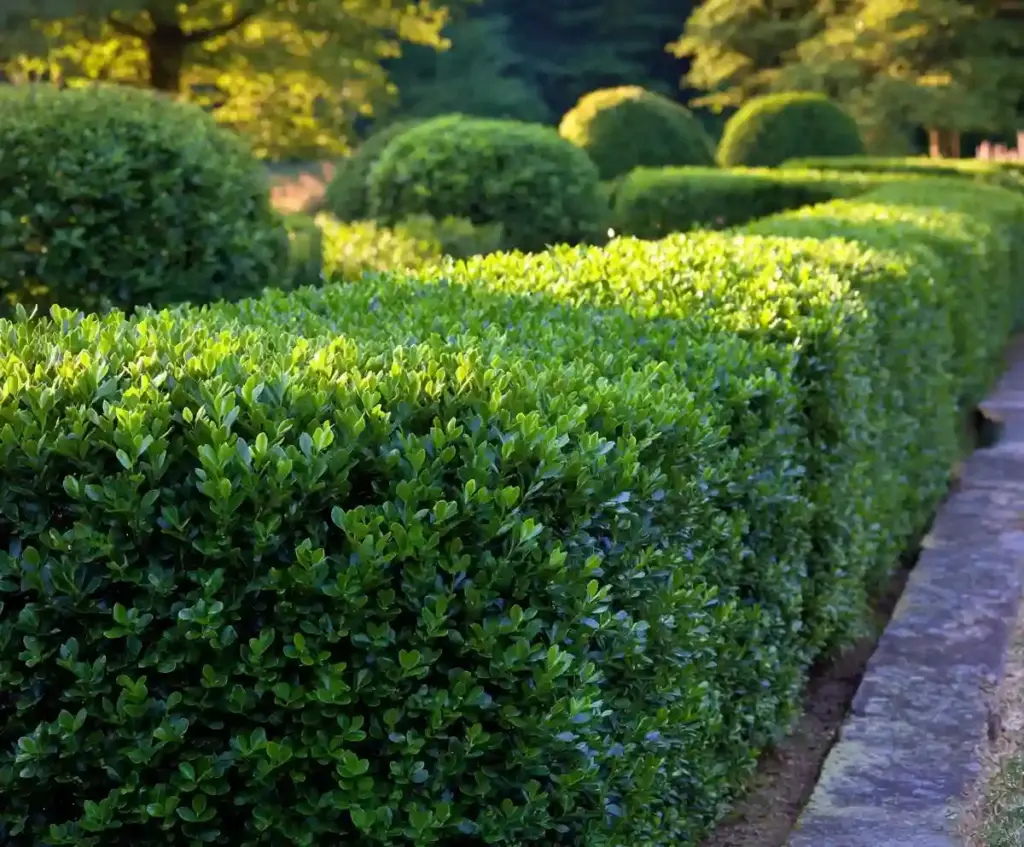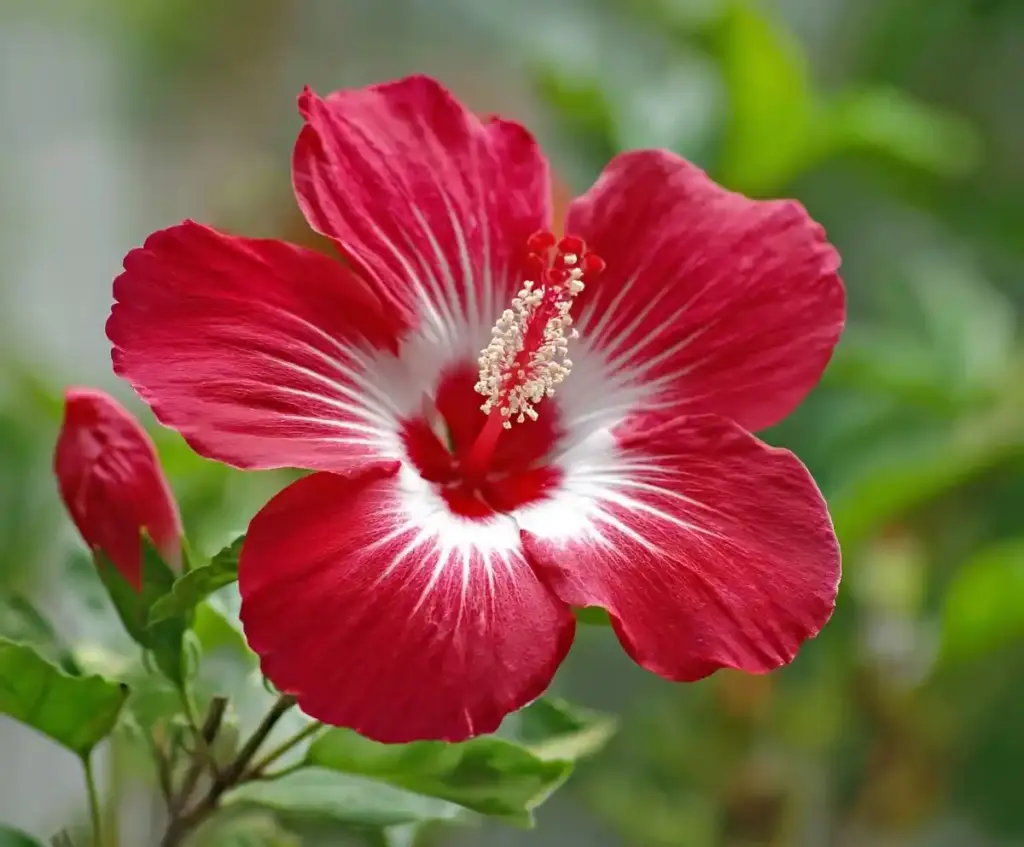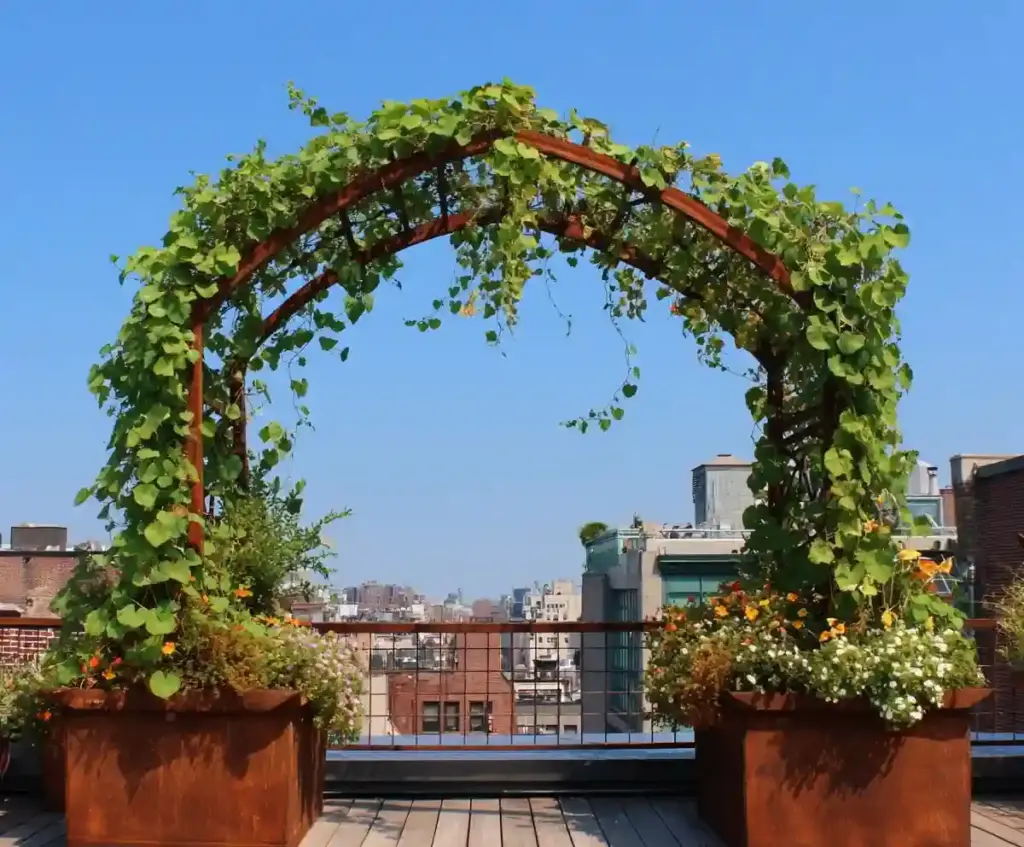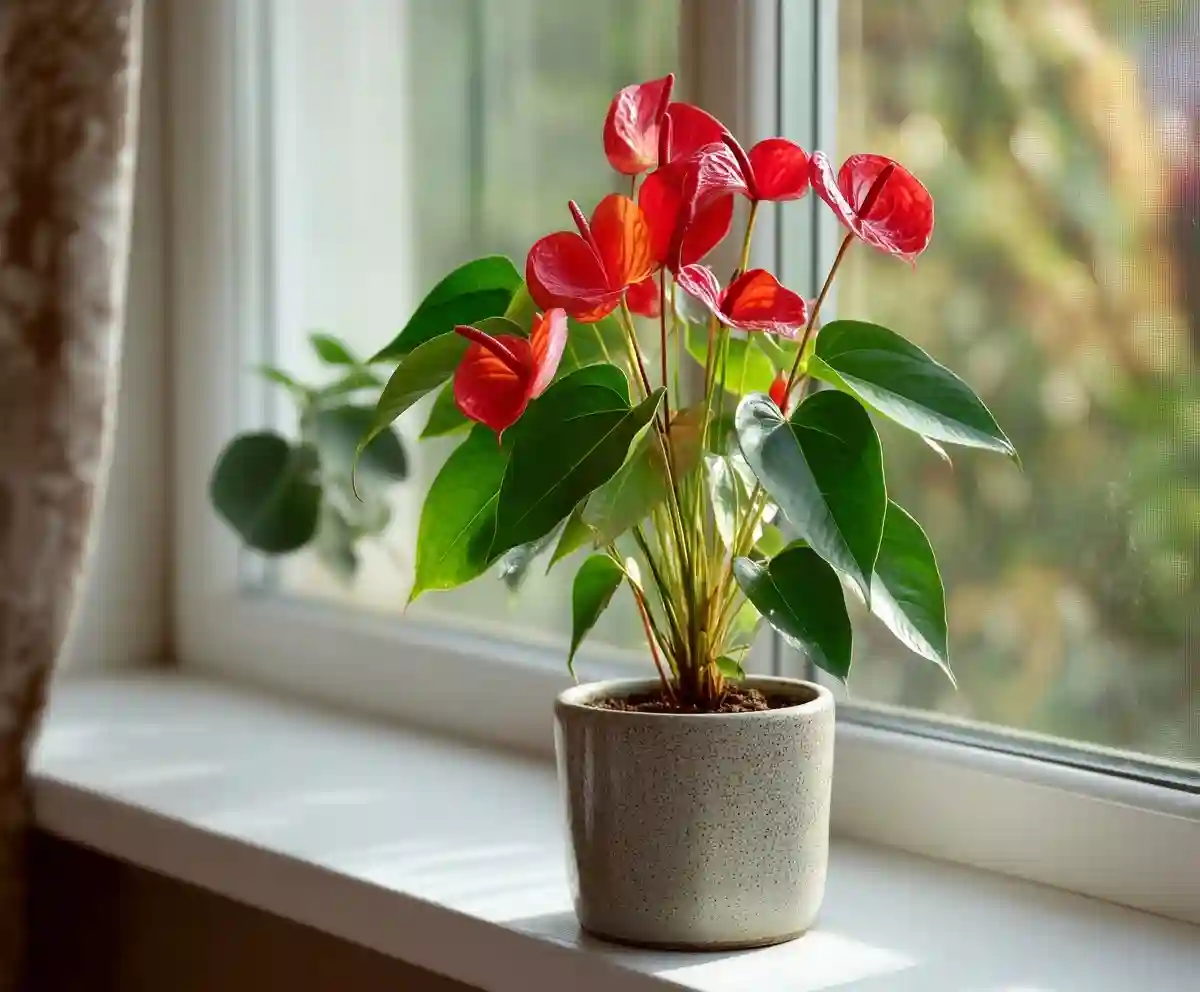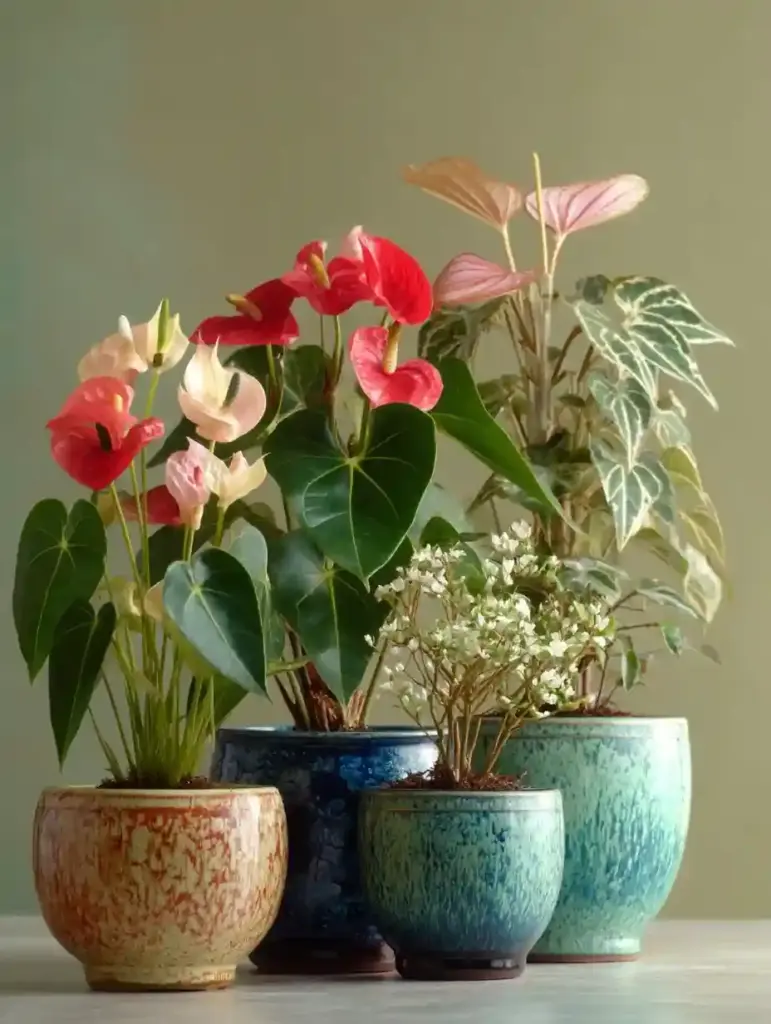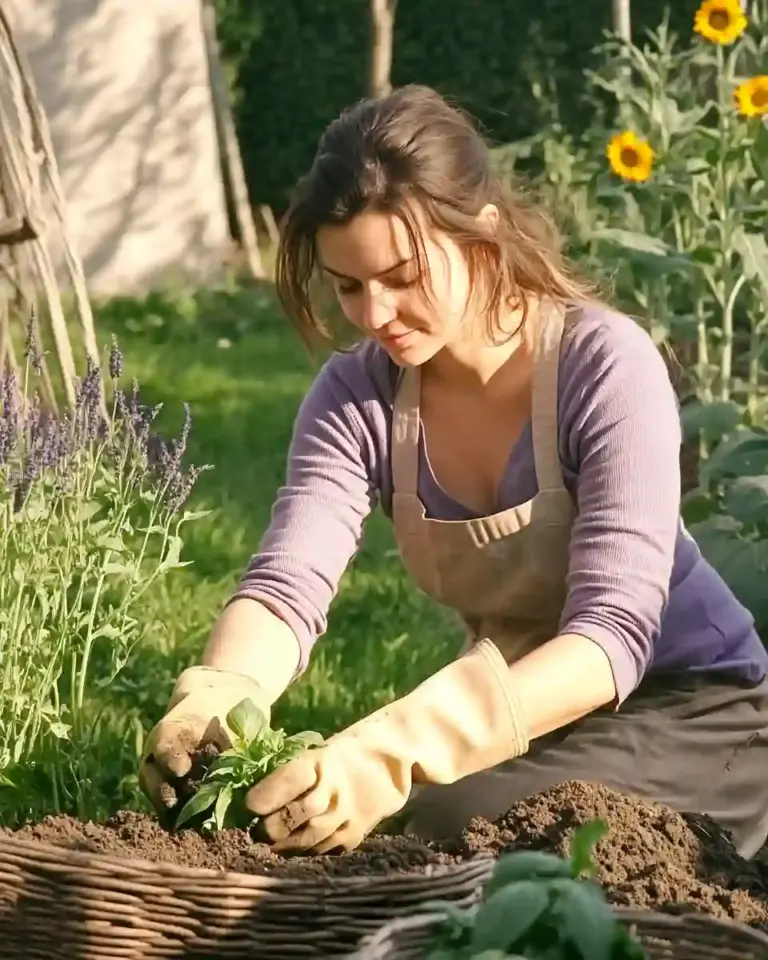Anthurium houseplants are a vibrant, low-maintenance way to brighten up any indoor space. Known for their glossy leaves and long-lasting spathes that mimic exotic flowers, these tropical beauties can thrive indoors with just a little attention to their light, humidity, and watering needs. Whether you’re drawn to their striking red, pink, or even purple foliage, or you’re simply looking for a plant that adds color year-round, anthuriums are a rewarding choice for beginners and seasoned plant parents alike.
Table of Contents
Anthurium spp.
The genus Anthurium consists of more than 800 species, each bringing its own flair to the houseplant world. These plants are part of the Araceae family and are native to the tropical regions of Central and South America, particularly Colombia and Ecuador. While Anthurium andraeanum is the most widely grown indoors, known for its vivid heart-shaped spathes, there are many other varieties prized for their foliage, like A. clarinervium and A. crystallinum.
What sets anthurium houseplants apart is their stunning display of color—not from flowers, but from modified leaves called spathes. These spathes surround the plant’s actual flower spike, called a spadix, and come in a range of hues including red, pink, white, and even purple. Whether you’re growing them for their foliage or their showy “blooms,” each species offers something uniquely beautiful.
What You’ll Learn
This guide offers everything you need to successfully grow and care for anthurium houseplants. Whether you’re brand new to tropical indoor plants or looking to expand your collection, you’ll find practical, actionable information on:
- The origins and characteristics of different Anthurium species
- How to propagate anthuriums from cuttings or divisions
- Soil, light, temperature, and humidity requirements
- Watering tips to avoid root rot and leaf browning
- Common pests and how to treat them naturally
- Maintenance strategies to keep your plant thriving for years
By the end of this article, you’ll feel confident in keeping your anthurium houseplants happy and vibrant—adding lasting color and charm to your indoor space.
What Is Anthurium?
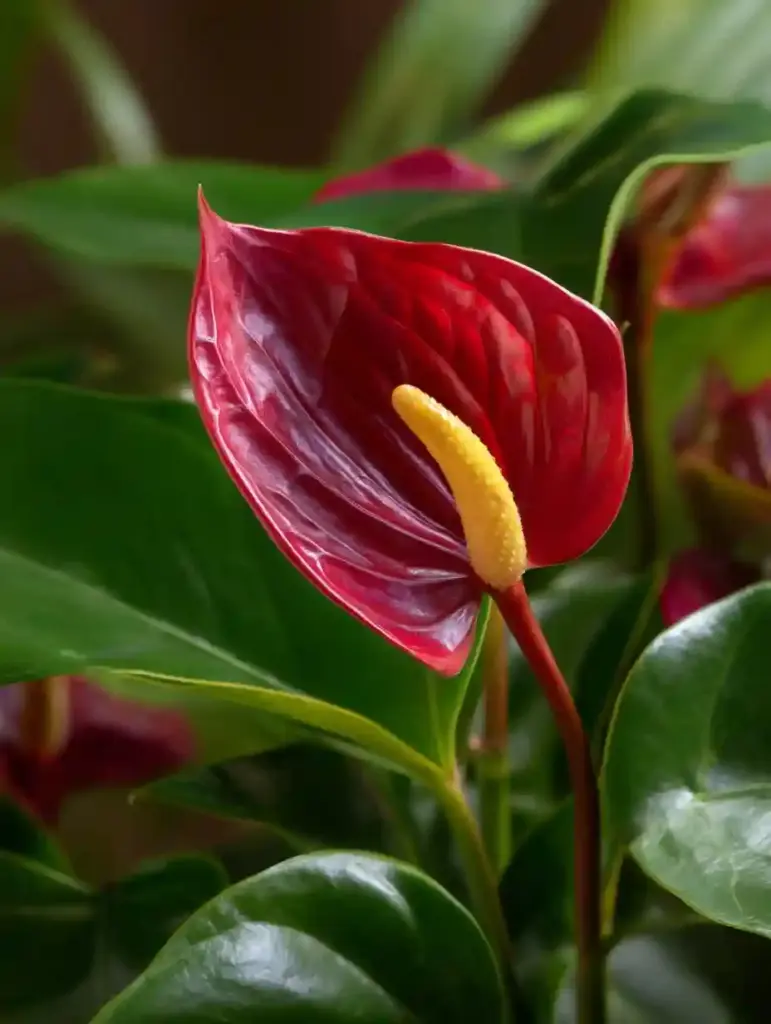
Anthurium is a tropical genus best known for its glossy, heart-shaped leaves and bold, colorful spathes. While many assume these spathes are flowers, they’re actually modified leaves that serve to protect the plant’s true flowers—tiny structures clustered on a central spike called a spadix. These unusual features make anthurium houseplants a standout in any indoor collection.
Most anthuriums are epiphytes, meaning they grow on other plants or surfaces in their natural rainforest habitats, using aerial roots to absorb moisture and nutrients from the air and debris around them. Indoors, they adapt well to pots, provided you mimic their native environment with high humidity and well-draining soil.
Popular types include:
- A. andraeanum – Known for its vibrant red or pink spathes
- A. scherzerianum – Features curly spadices and deep red coloring
- A. clarinervium – Grown for velvety green leaves with dramatic white veining
No matter the species, anthurium houseplants bring structure, texture, and tropical color to your indoor garden.
Cultivation and History
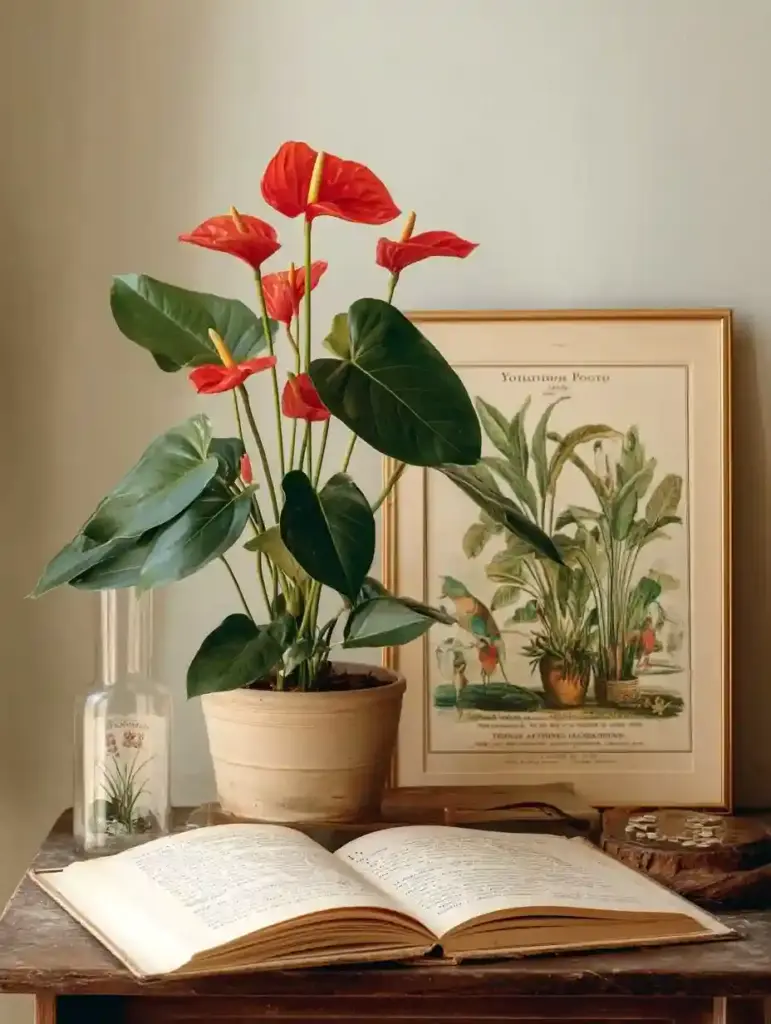
Anthurium houseplants have a fascinating backstory that begins deep in the rainforests of Central and South America. Native to countries like Colombia and Ecuador, these plants were first cultivated by indigenous peoples for their ornamental beauty and resilience in humid, shaded environments.
In the late 19th century, French botanist Édouard André brought specimens of Anthurium andraeanum to Europe after an expedition to Colombia. The plant quickly gained popularity across botanical gardens, thanks to its striking appearance and relatively low care requirements. From Europe, anthuriums made their way to Hawaii in the late 1800s, where they became a major player in the tropical flower industry.
Hawaiian growers have since developed many of the colorful cultivars we now enjoy, refining both the shape and color range of the spathes. Today, anthurium houseplants are appreciated worldwide—not only for their beauty, but also for their adaptability as indoor companions.
Laceleaf Propagation
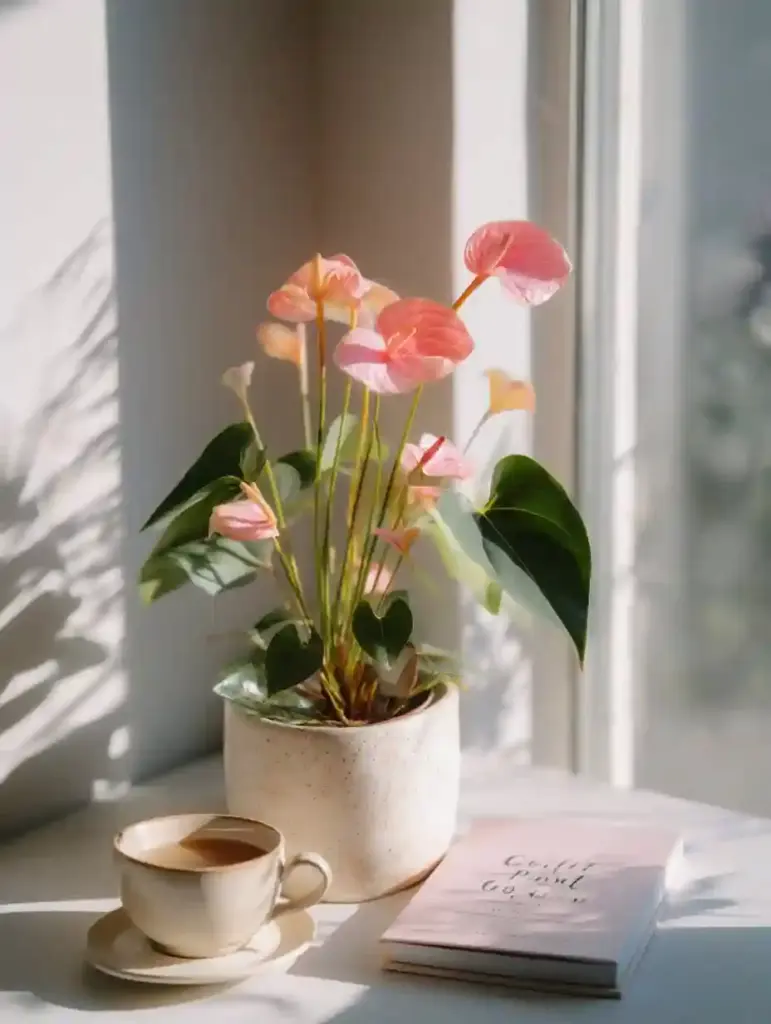
Propagating anthurium houseplants, often called laceleafs, is surprisingly simple and rewarding. While commercial growers use tissue culture, home gardeners can propagate new plants using two practical methods: stem cuttings and plant division.
🌱 From Stem Cuttings
Choose a healthy stem with at least two visible nodes and a couple of leaves. Using a sterile knife or scissors:
- Cut just below the lower node
- Remove any flowers or spathes
- Place the cutting in either moist potting mix (half peat or coir, half perlite) or clean water
- Keep it warm (around 70°F) and well-lit with indirect sunlight
- Roots typically form in 4–6 weeks
If propagating in water, wait until roots are about 2–3 inches long before transplanting to soil.
🌿 By Division
If your mature anthurium houseplant is rootbound or overgrown:
- Gently remove it from the pot
- Separate the root ball into two or more sections, ensuring each has roots and leaves
- Pot the divisions in fresh, well-draining mix
- Water lightly and keep in a humid spot while they adjust
Dividing is ideal for fast results and ensures your new plants are genetically identical to the original.
How to Grow Anthurium Plants
Creating the right environment is key to growing thriving anthurium houseplants. These tropical natives prefer warmth, humidity, and filtered light—conditions that mimic their rainforest origins.
🪴 Potting Mix & Containers
Use a chunky, well-draining mix. A good combination is:
- 50% orchid bark or pine bark
- 25% coconut coir or peat moss
- 25% perlite or coarse sand
This mimics the airy conditions anthuriums love. Choose a container with drainage holes, and avoid decorative pots without airflow unless they’re used as sleeves.
☀️ Light
Anthuriums need bright, indirect light. Too much direct sun can scorch leaves, while too little reduces spathe production.
- Best spots: East- or west-facing windows
- Avoid: Harsh southern exposure unless filtered through a curtain
🌡️ Temperature & Humidity
These plants prefer it warm and humid:
- Day: 75–85°F
- Night: 65–70°F
- Humidity: Above 60% is ideal
Use a humidifier or pebble tray if your home is dry. Misting is okay but less effective.
💧 Watering
Water only when the top inch of soil feels dry. Overwatering is a common mistake that leads to root rot.
- Water thoroughly until it drains
- Empty saucers to prevent sitting water
- Reduce watering in cooler months
🌿 Fertilizing
Feed with a balanced or high-phosphorus fertilizer every 2–3 months. Always dilute to 25% strength. Too much fertilizer can burn roots and reduce bloom.
✂️ Pruning & Maintenance
Trim off faded spathes and yellowing leaves with clean scissors to encourage new growth and maintain appearance.
- Dust leaves monthly to help with photosynthesis
- Repot every 2–3 years when rootbound
Managing Pests and Disease
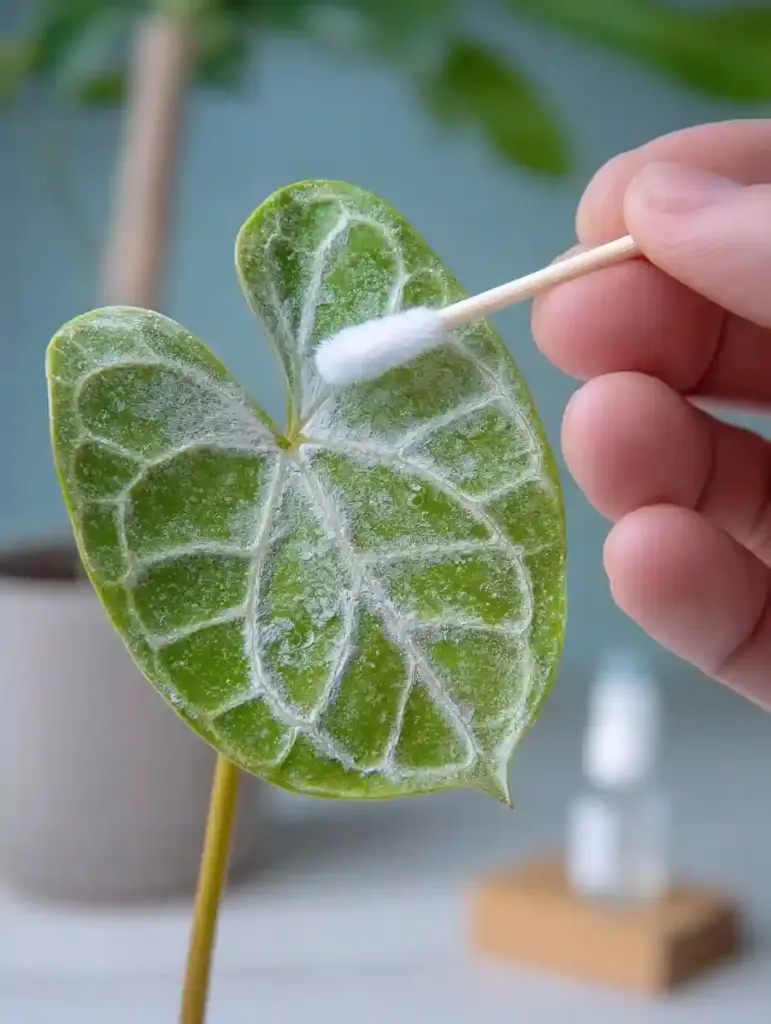
While relatively low-maintenance, anthurium houseplants can occasionally face pest and disease issues. Early detection and proper care are essential to keep your plant looking vibrant.
🐛 Common Pests
- Mealybugs
- Appear as white cottony clusters
- Suck sap and leave sticky residue
- Remove with a cotton swab dipped in rubbing alcohol
- Scale Insects
- Look like small brown or yellow bumps on stems and leaves
- Wipe off manually or use insecticidal soap
- Spider Mites
- Cause tiny yellow spots and fine webbing
- Increase humidity and rinse foliage regularly
- Whiteflies
- Tiny flying pests that cause leaf yellowing
- Control with neem oil spray or sticky traps
🍂 Disease Concerns
- Root Rot
- Caused by overwatering or poorly draining soil
- Symptoms: mushy roots, foul odor, yellowing leaves
- Remedy: Trim off affected roots and repot in dry, sterile soil
- Leaf Blight (Phytophthora)
- Dark spots that spread across leaves
- Avoid overhead watering and prune infected foliage
- Improve airflow and reduce humidity if needed
✅ Prevention Tips
- Always use pots with drainage holes
- Sanitize tools between uses
- Avoid wetting leaves excessively
- Quarantine new plants before adding to your collection
With consistent care, most anthurium houseplants bounce back quickly from minor infestations or stress.
Quick Reference Growing Guide
Use this cheat sheet to keep your anthurium houseplants healthy and happy:
| Feature | Details |
|---|---|
| Botanical Name | Anthurium spp. |
| Common Names | Flamingo Flower, Laceleaf, Oilcloth Plant |
| Plant Type | Tropical perennial (grown indoors as houseplant) |
| Light Needs | Bright, indirect sunlight |
| Watering | When top 1″ of soil is dry; avoid overwatering |
| Humidity | High humidity preferred (60%+) |
| Temperature Range | 70–85°F daytime, no lower than 60°F nighttime |
| Soil Type | Chunky, well-draining mix (bark, peat/coir, perlite) |
| Fertilizer | Diluted houseplant fertilizer (high in phosphorus) every 2–3 months |
| Toxicity | Toxic to humans and pets if ingested (contains calcium oxalate) |
| Propagation | Stem cuttings or division |
| Blooming Period | Sporadically year-round under proper conditions |
| Repotting | Every 2–3 years or when rootbound |
| Pests to Watch | Mealybugs, spider mites, scale, whiteflies |
| Common Diseases | Root rot, leaf blight |
This guide is a helpful reference point, especially if you’re juggling multiple houseplants. For best results, tailor your care routine to your home’s light and humidity levels.
Indoor Anthurium Enthusiasm
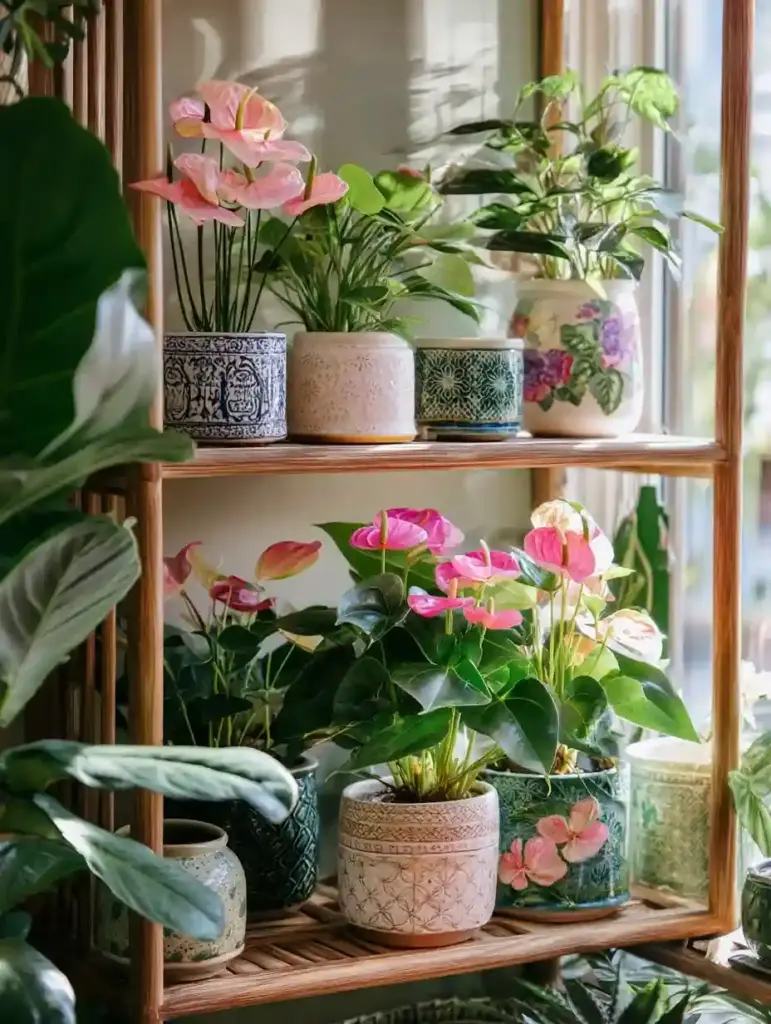
There’s a reason anthurium houseplants are a favorite among plant lovers—they offer high-impact color with surprisingly low effort. If you’ve struggled to keep flowering plants alive indoors, anthuriums might change your luck. They’re forgiving, adaptable, and rewarding with consistent care.
These plants also fit beautifully into a wide range of indoor décor styles. Whether you lean toward modern minimalism or tropical boho, the shiny green leaves and sculptural spathes add elegance and warmth. Group them with other humidity-loving plants like calatheas or ferns for a lush, jungle-inspired corner.
Even a single well-placed anthurium can elevate your living space. If you’re working with limited light, consider rotating it closer to a bright window for a few days a week. And with new cultivars offering white, lavender, or even patterned foliage, you’re not limited to red or pink varieties.
Above all, the joy of caring for anthurium houseplants is in their dependable beauty. Once you find the right rhythm, they’ll reward you with color and growth throughout the year.
Final Thoughts
If you’re looking for a plant that delivers color, character, and year-round charm without demanding constant attention, anthurium houseplants are an ideal choice. Their bold, glossy foliage and striking spathes add life to any indoor space, while their straightforward care needs make them suitable for beginners and experts alike.
From propagation to pruning, each aspect of anthurium care is approachable, especially when you understand the plant’s tropical roots. With the right combination of humidity, light, and love, your anthurium can thrive for years—maybe even decades—brightening your home one glossy leaf at a time.
Whether you’re growing your first or adding to a collection, these plants are a colorful, low-fuss way to bring a little rainforest energy indoors.
🌿 Love gardening inspiration? Follow me on Pinterest for bold plant ideas, tips, and seasonal color!
More Posts
